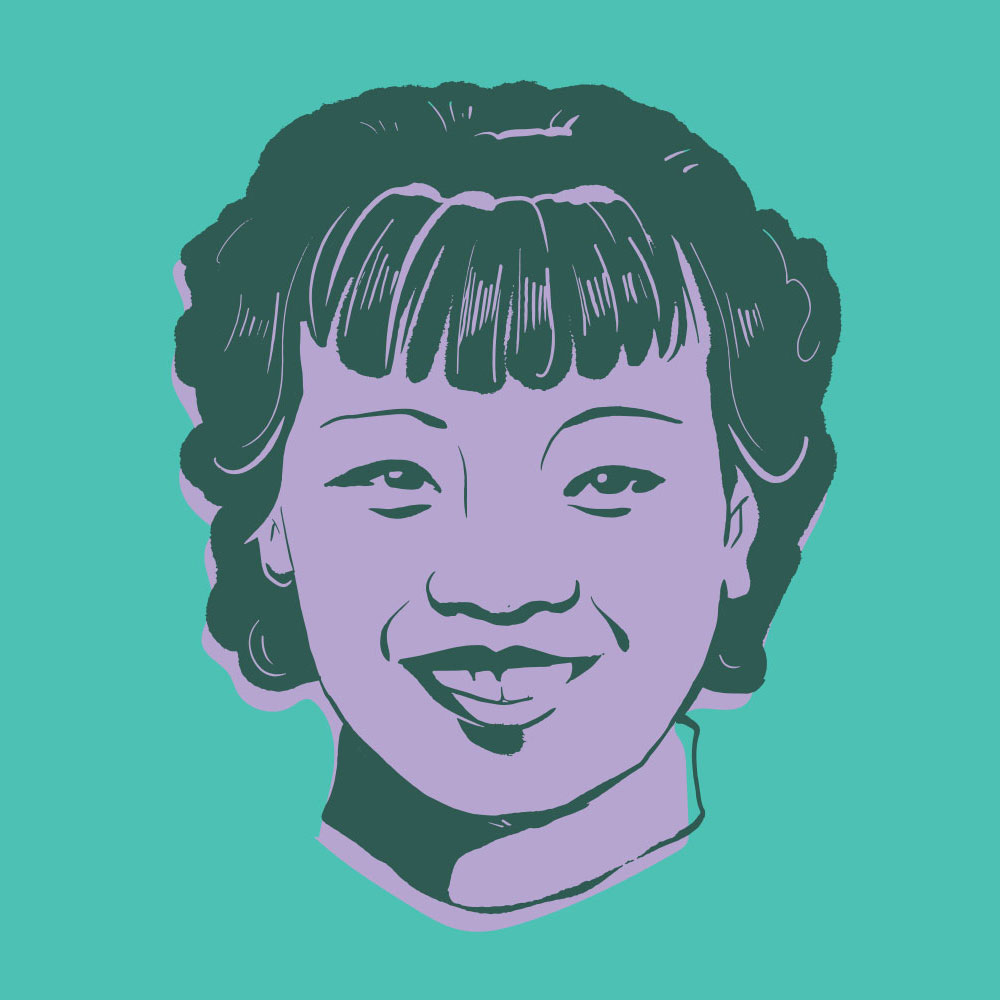Gar Yin “Jacqueline” Hune (née Deer Gar Yin), opera singer (born 1918 in Guangzhou, China; died 2000 in Toronto, ON). Gar Yin Hune was one of only a handful of Chinese women who immigrated to Canada during the Chinese Exclusion Period (1923–47), when Chinese people were banned from the country. Hune came to North America in 1938 at the age of 19 with a Cantonese opera company that was sponsored by the Chinese Freemasons. Her troupe’s performances allowed communities in Canada’s Chinatowns to gather and freely experience their culture in a segregated society. Hune’s cultural contributions inspired and enriched the fabric of Toronto's Chinatown. In 2025, the Museum of Toronto named her one of 52 women who shaped the city.
This article was created in collaboration with Museum of Toronto.

Early Life in China
Born and raised in Guangzhou, China, Gar Yin Deer was exposed to Cantonese opera early in her life through live performances at her father’s tea houses. When her father refused to pay for Hune’s school tuition, she began working as a performer in the opera company. She soon began performing locally and throughout Southeast Asia.
In 1937, after the Second Sino-Japanese War started, Hune’s mother encouraged her to leave China at the first opportunity. On 23 September 1938, at the age of 19, Hune travelled to North American with an opera company that was sponsored by the Chinese Freemasons. Japanese forces invaded Guangzhou a month later.
Life in Canada
Gar Yin Hune’s Cantonese opera troupe performed in Chinatowns across Canada, from big cities like Montreal, Winnipeg and Calgary to smaller centres like Moose Jaw and Lethbridge. The troupe was also invited by the Jin Wah Sing Musical Society to perform in Vancouver’s Chinatown. These performances allowed Canada’s Chinese communities to gather and experience their culture freely in what was then a segregated society. (See Residential Segregation of Asian Canadians.)
When the troupe’s touring performances ended in 1940, the Second World War was raging and travel from Canada to China was not possible. Hune settled in Toronto. She was drawn to Toronto’s Chinatown, where she found a sense of belonging and opportunity. There were also far more Chinese men than women. Early Chinese immigration to Canada consisted mainly of male labourers, and the ban on immigration imposed in 1923 had created “bachelor societies.” Only seven per cent of Chinese Canadians were women.
Gar Yin met and married Don Hune, who owned a grocery store. They had three children together and eventually lived in a house that Gar Yin bought with money she had saved from her opera tours. She also continued to perform Cantonese opera, even while she raised a family. Her cultural contributions helped inspire and enrich the fabric of Toronto's Chinatown.
Family Connections
Hune’s grandson, Nicholas Hune-Brown, is a Toronto-based journalist and writer. Hune’s granddaughter, Julia Hune-Brown, is a theatre artist and educator in Toronto.
(See also Chinese Canadians; Toronto Chinatown; Montreal’s Chinatown; Vancouver Chinatown; Victoria Chinatown.)

 Share on Facebook
Share on Facebook Share on X
Share on X Share by Email
Share by Email Share on Google Classroom
Share on Google Classroom



